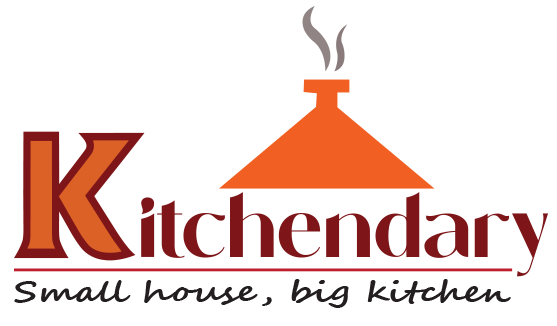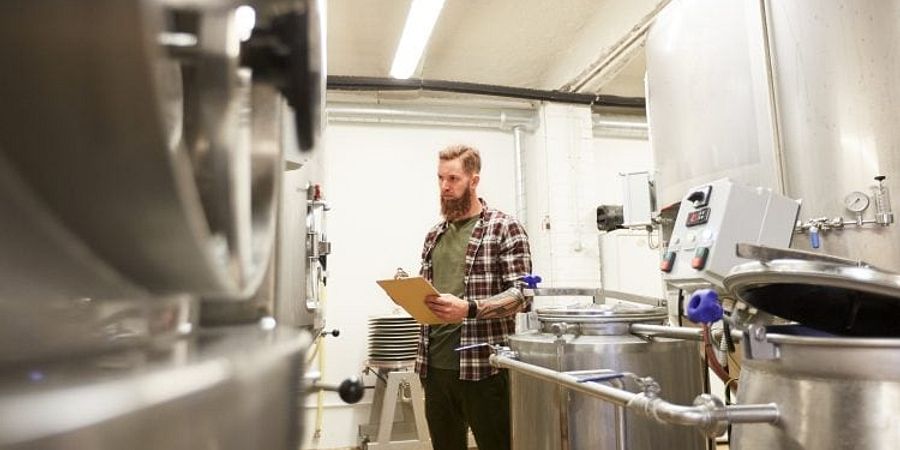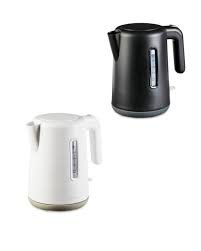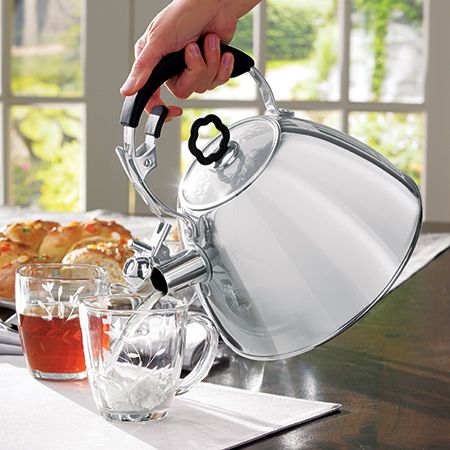A steam kettle is a type of cooking appliance that uses steam to heat and cook food. It is commonly used in commercial kitchens and food processing facilities for large-scale cooking operations.
Steam kettles are versatile and efficient, able to quickly heat and cook large quantities of food. They come in various sizes and can be used for a wide range of cooking tasks including boiling, simmering, and braising. The steam kettle’s enclosed design helps to retain heat and moisture, making it ideal for preparing soups, stews, and sauces.
Additionally, the steam kettle’s efficient heating method helps to reduce cooking times and energy consumption. This makes it a valuable asset in busy kitchen environments where speed and productivity are essential. A steam kettle’s ability to cook food evenly and efficiently makes it a valuable tool for commercial food preparation.
Understanding Steam Kettles
A steam kettle is a versatile and essential piece of equipment in professional kitchens, widely used for cooking large quantities of food rapidly and efficiently. Understanding the different types of steam kettles and their purposes can help food service professionals make informed decisions when choosing the right equipment for their specific needs.
Definition And Purpose
Steam kettles, commonly known as steam jacketed kettles, are large, insulated cooking vessels designed to utilize steam for heating and cooking food in commercial kitchens, restaurants, and industrial food processing facilities. The purpose of steam kettles is to provide a convenient and efficient way to prepare large batches of soups, stews, sauces, and other liquid-based dishes.
Types Of Steam Kettles
Steam kettles can be broadly categorized into two main types: direct steam kettles and self-contained steam kettles, each with its unique features and advantages.
Direct Steam Kettles
Direct steam kettles are designed to be connected directly to a steam source, such as a boiler or a centralized steam system, for heat transfer. The steam is circulated through the space between the kettle’s inner and outer walls, heating the contents evenly and efficiently. Direct steam kettles are often preferred in large-scale food production facilities where a continuous and reliable steam supply is available.
Self-contained Steam Kettles
Self-contained steam kettles, on the other hand, are equipped with built-in heating elements and controls, allowing them to generate steam internally without the need for an external steam source. These kettles offer greater flexibility in terms of installation and use, making them suitable for smaller kitchens or locations where accessing a centralized steam system may not be feasible.
Steam Kettle Applications
Steam kettles are versatile cooking appliances widely used in the food industry and institutional settings. Their ability to generate steam and distribute heat evenly makes them suitable for various applications across different sectors. Let’s explore some of the primary steam kettle applications.
Commercial Use In Food Industry
In the food industry, steam kettles are indispensable for large-scale cooking operations. They are commonly used in commercial kitchens, catering facilities, and food processing plants to prepare soups, stews, sauces, and other liquid-based dishes. The efficient steam heating mechanism of these kettles ensures rapid and uniform cooking, helping food establishments to streamline their production processes while maintaining quality and consistency.
Institutional Use In Cafeterias And Institutions
Steam kettles play a crucial role in cafeterias and institutional food service settings, where large volumes of food need to be prepared to serve a considerable number of people. These kettles are favored for their capacity to cook substantial quantities of food at once, making them ideal for preparing bulk servings of meals such as rice, pasta, and vegetables. The ease of use and quick cooking times provided by steam kettles contribute to efficient food preparation in settings like schools, hospitals, and other institutional facilities.
Key Components Of Steam Kettles
Steam kettles, also known as steam jacketed kettles, are widely used in commercial kitchens for cooking large quantities of food. They are versatile, efficient, and offer precise temperature control, making them essential equipment in the foodservice industry. To understand the functionality of steam kettles, it’s important to explore their key components, including the jacketed kettle design, steam generator, and control system.
Jacketed Kettle Design
The jacketed kettle design is a crucial element of steam kettles. It consists of a double-walled cooking vessel where the space between the inner and outer walls is filled with steam. This design allows for even heat distribution, preventing hot spots and scorching of food. The jacketed construction also provides insulation, helping to maintain the desired cooking temperatures.
Steam Generator And Control System
The steam generator and control system play a pivotal role in the operation of steam kettles. The steam generator is responsible for producing the steam that circulates within the jacketed kettle, transferring heat to the food contents. Additionally, the control system regulates the steam flow and pressure, ensuring precise temperature management and efficient cooking processes.
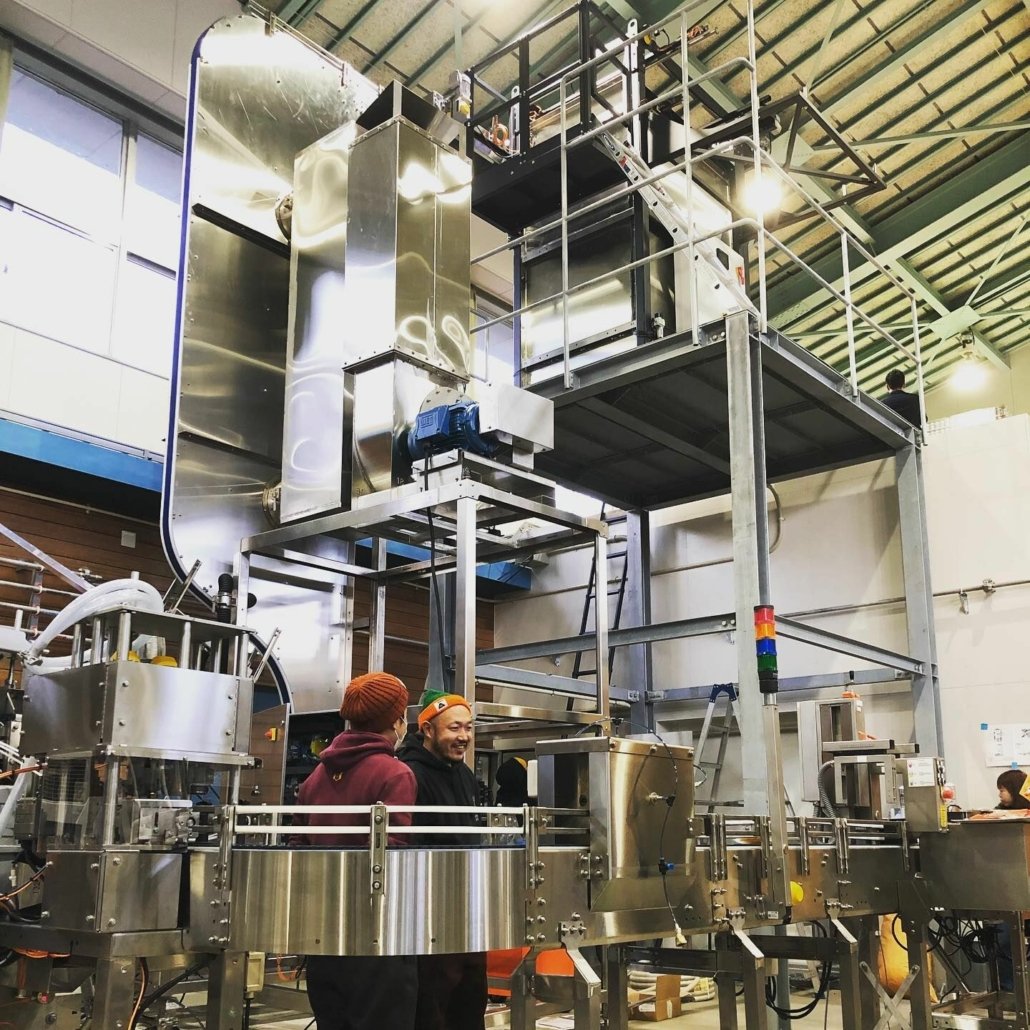
Credit: yolongbrewtech.com
Benefits And Maintenance Of Steam Kettles
Steam kettles are widely used in commercial kitchens for their efficiency and versatility. Understanding the benefits and proper maintenance of steam kettles is essential to ensure their smooth operation and longevity. In this article, we will explore the energy efficiency and cost savings, as well as cleaning and maintenance tips for these indispensable kitchen appliances.
Energy Efficiency And Cost Savings
Steam kettles are renowned for their energy efficiency, making them a cost-effective option for commercial kitchens. Utilizing steam as a heating source, these kettles offer rapid heating and precise temperature control, resulting in reduced energy consumption. The energy-saving design of steam kettles translates to significant cost savings in the long run, making them an ideal choice for businesses looking to minimize operational expenses.
Cleaning And Maintenance Tips
Proper cleaning and maintenance are vital for ensuring the optimal performance and longevity of steam kettles. Here are some essential tips for effective maintenance:
- Regularly descale the kettle to prevent mineral buildup and maintain efficient heat transfer.
- Inspect and replace gaskets and seals as needed to prevent leaks and ensure a tight seal during operation.
- Thoroughly clean the interior and exterior of the kettle after each use to prevent residue buildup and maintain sanitary conditions.
Frequently Asked Questions On What Is A Steam Kettle
What Is A Steam Kettle Used For?
A steam kettle is commonly used for cooking large quantities of food. It uses steam to heat and cook food, making it ideal for commercial kitchens and food production facilities. The even heat distribution and quick cooking times make it a popular choice for many culinary applications.
How Does A Steam Kettle Work?
A steam kettle works by using a jacket filled with steam to heat the contents inside the kettle. The steam is circulated around the jacket to evenly distribute heat and cook the food within the kettle. This efficient heating method allows for precise control over cooking temperatures and reduces the risk of scorching or burning.
What Are The Advantages Of Using A Steam Kettle?
Using a steam kettle offers several advantages, including fast cooking times, even heat distribution, and the ability to cook large quantities of food at once. Additionally, the sealed cooking environment helps retain nutrients and flavors in the food, making it an efficient and healthy cooking method.
Conclusion
Steam kettles are versatile kitchen appliances, ideal for large-scale cooking operations. The ability to rapidly heat and evenly distribute temperatures makes them crucial for commercial foodservice. Their adaptability, efficiency, and capacity make steam kettles an essential asset for any professional kitchen.
Explore the endless possibilities of steam kettles in elevating your culinary ventures.
